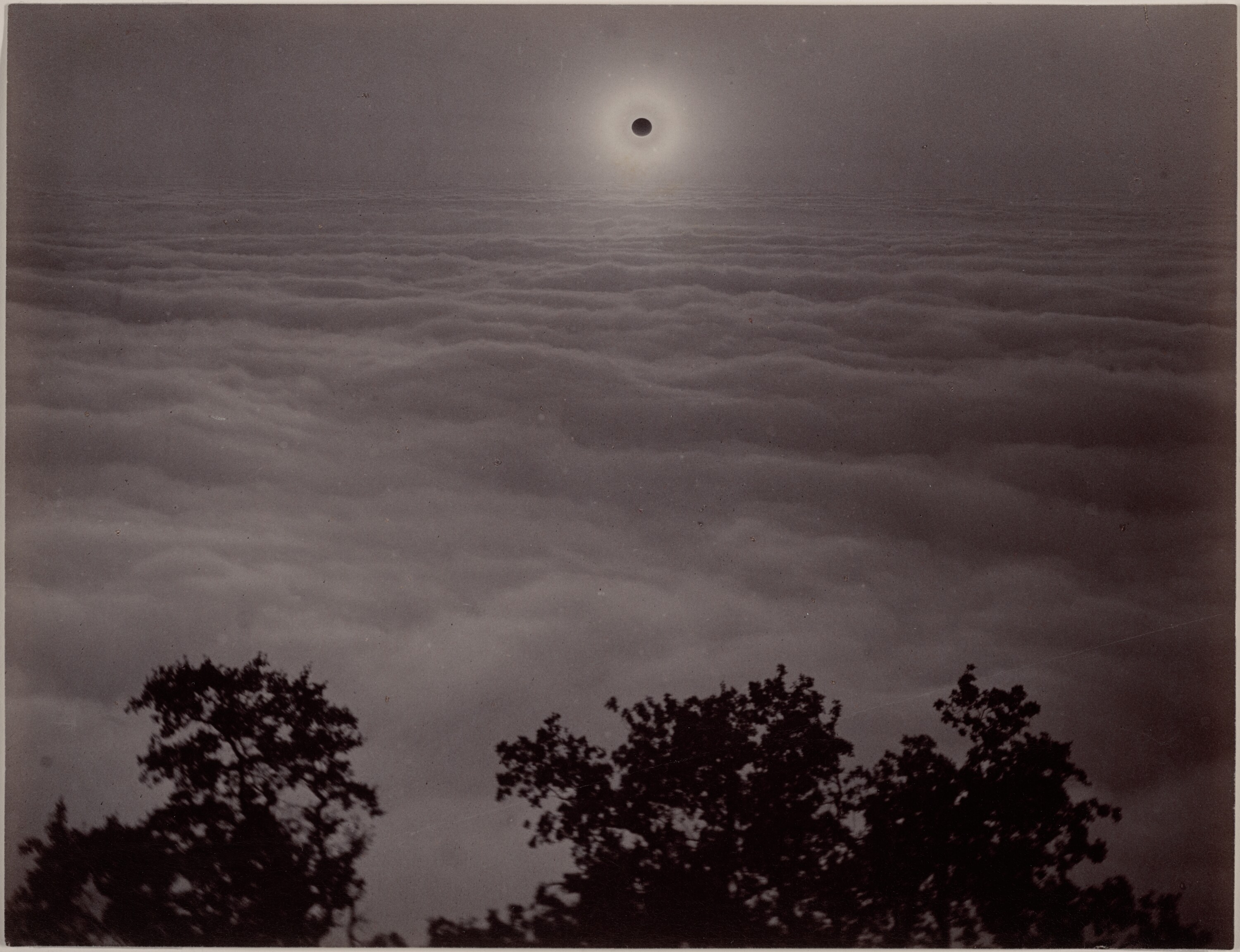 |
| Francesca Gabbiani, Phosflorescence IV, 2021 |
Movies have cat scares, and museums have cat shows. In that now-familiar exhibition genre, a simple, one-word idea (e.g., cats) is used as a pretext to mine the storerooms for images of or relating to same, juxtaposing media, cultures, and epochs. As organized by Allegra Pesenti, former chief curator of UCLA's Grunwald Center, "Drawing Down the Moon" both fits that template and transcends it. Yes, it's effigies of the moon, including paintings, sculptures, photographs, engravings, woodblock prints, drawings, illuminated manuscripts, an astrolabe, a Korean moon jar, and a video (with unfortunately invasive soundtrack). But it's not limited to the Grunwald and Hammer Contemporary collections. There are numerous loans, some major, from local institutions ranging from the Broad to Los Feliz's mysterious Philosophical Research Society. The show resonates mainly because of the sense that the moon is not such an arbitrary theme after all. As a celestial hard-edge abstraction visible around the globe, the moon has become a trans-cultural paradigm for the cosmic, mystic, and numinous.
 |
| Edvard Munch, Meerslandschaft (Seascape), 1899. LACMA |
 |
| Vassily Kandinsky, Heavy Circles, 1927. Norton Simon Museum |
The Norton Simon Museum has lent Heavy Circles, the greatest Kandinsky west of the Guggenheim. It's an abstraction but also recognizably lunar/planetary, and well demonstrates the role of the moon in the history of modernism. Loans from LACMA, the Getty, and MOCA connect dots to the Islamic roots of European science, Romanticism, and the cosmic in contemporary art.
 |
| Muhammad ibn 'Abd al-'Aziz al Khama'iri, Astrolabe, 1226-27. LACMA |
 |
| Caspar David Friedrich, A Walk at Dusk, about 1830-35. Getty Museum |
 |
| Laura Owens, untitled, 2000. MOCA |
 |
| Hans Arp, Evocation of a form: Human, lunar, spectral, 1950. Franklin D. Murphy Sculpture Garden, UCLA |
This impressive Hans Arp was donated to the Franklin Murphy Sculpture Garden by the artist's second wife. It's plaster, so it can't be shown outdoors.
 |
| Norman Lewis, Blue Moon, 1960. UCLA Grunwald Center for the Graphic Arts, Hammer Museum |
New to the Grunwald Center collection is Norman Lewis'
Blue Moon, an oil on paper
auctioned in 2019.
 |
| Rolph Scarlett, Allegro, about 1944. LACMA |
Canadian-born Rolph Scarlett designed Hollywood sets before moving to New York and forging a career as a devoted follower of Kandinsky. Baroness Hill Rebay deemed Scarlett a genius, and Solomon Guggenheim collected over 60 Scarlett works for his New York museum. Few of Scarlett's paintings stand up so well as
Allegro, at LACMA.
 |
| Helen Lundeberg, Planet, No. 1, 1965. LACMA |
 |
| Jay DeFeo, Hawk Moon No. 2, 1983-85. Courtesy of the Jay DeFeo Foundation |
Jay DeFeo posted a magazine's orbital photo of the moon in her studio. It apparently inspired at least two paintings, one in the show.
 |
| Carleton Watkins, Solar Eclipse, January 1, 1880. Getty Museum |
 |
| Alison Saar, Eclipse, 2017. UCLA Grunwald Center, Hammer Museum |
Two of the most artistically famous images of an eclipse are by California artists. Saar said the woman's hair was based on former UC professor Angela Davis.
 |
| Hieronymus Wierix, Virgin and Child on a Crescent Moon, n.d. UCLA Grunwald Center, Hammer Museum |
 |
| Russell Crotty's Diablo Grande (2007, Hammer Museum) with a Joseon Dynasty Moon Jar (LACMA) at right |















Comments
But I'm really loving Russell Crotty's work. I checked for the media of his hanging circles: ink and watercolor or guache on paper on fiberglass sphere. Fascinating.
Pity MoMA doesn't show his "Cassiopeia over Dry Chaparral" of 2004.
> about 1830-35. Getty Museum
I'd never have guessed that artwork, based on its style, dates back to the early 19th century.
A case of the old being new again. Or is that the new being old again?